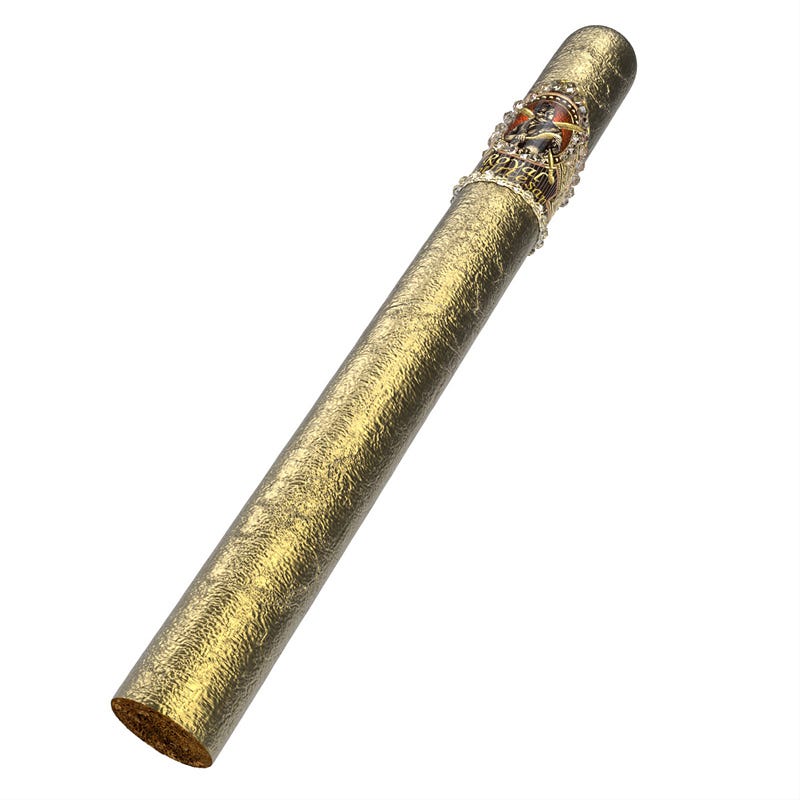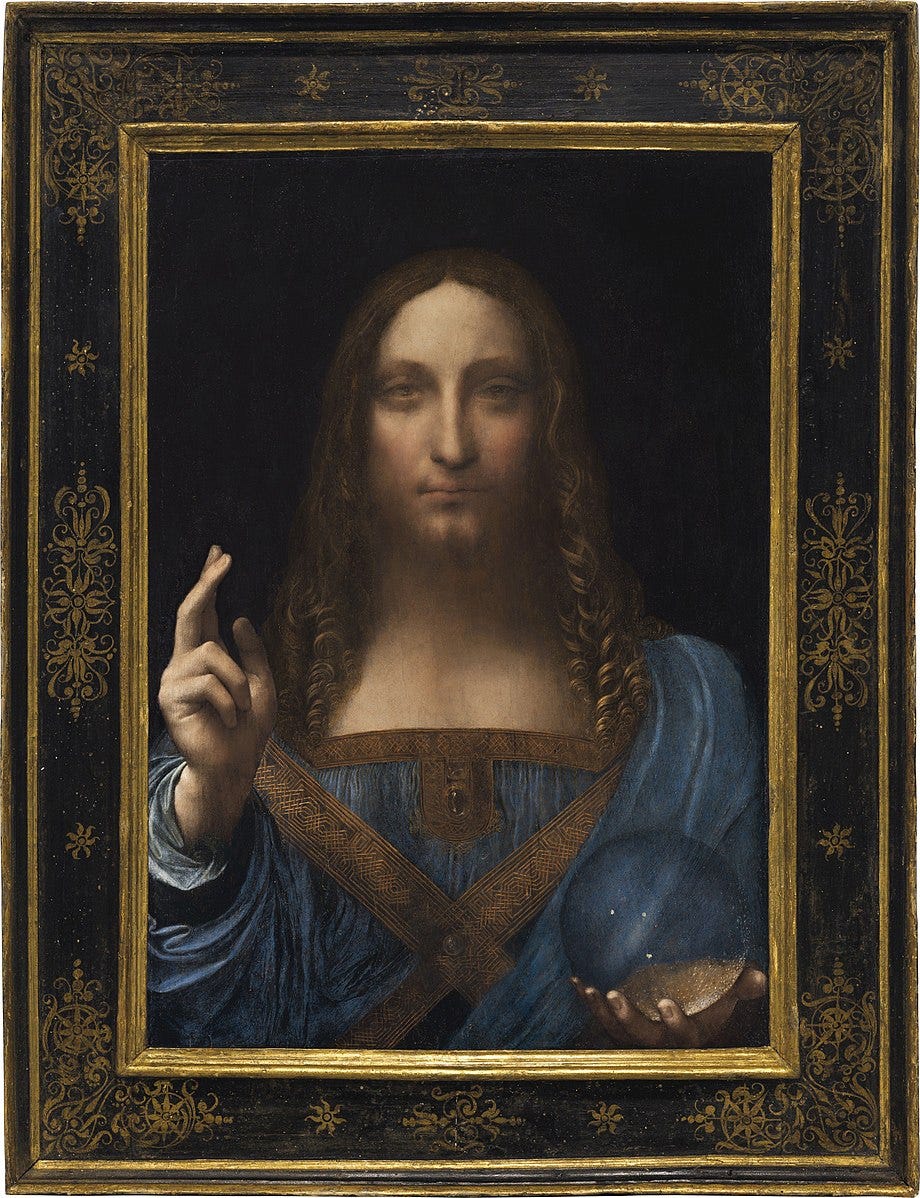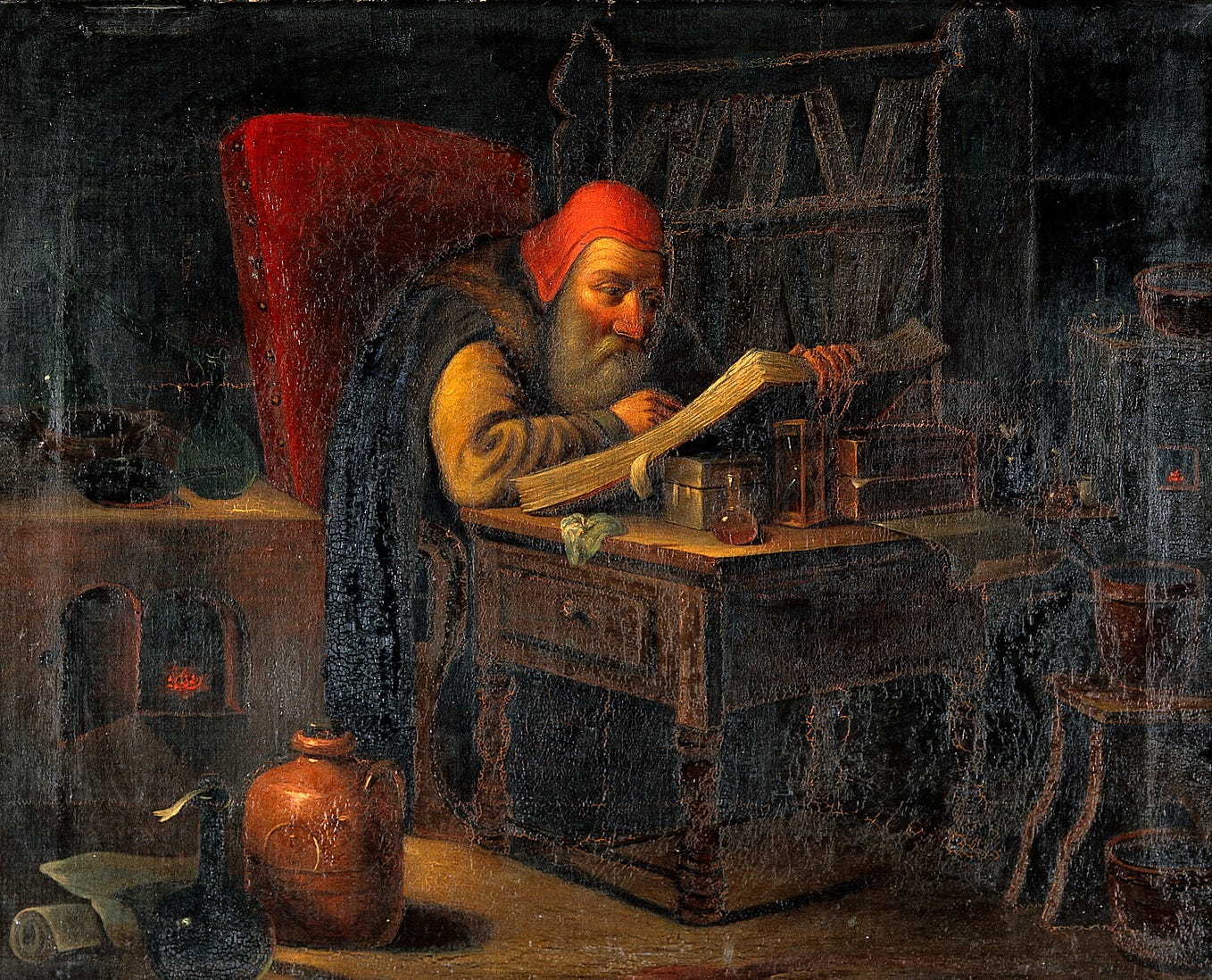The Age of Revolution, 1774–1849
The Age of Revolution is the name given to the period of history that saw large scale revolutionary movements in Europe and the American colonies from 1774 to 1849. Particularly important to the shape of our modern international system, the revolutions of this period contributed to the replacement of absolutist monarchies with representative governments grounded in a written constitution of rights, as well as the construction of nation states based around the ideas of shared cultures and history. Without these revolutions the world would be a far different place.
American Revolution, 1765–1783
Spurred on by ideas that emerged during the Enlightenment, the American Revolution is generally considered the first spark that set off the Age of Revolution. Though often thought about synonymously with the year 1776 (when independence was declared) the beginning of the conflict actually goes as far back as 1765 when American colonials declared that their should be no taxation without representation of the colonies in British Parliament. Hostilities would first break out in 1775 at the Battle of Lexington and Concord. With the revolution enduring until 1777, France entered the war on the side of the Colonists, causing the British Empire to focus on them as their main opponent. The conflict itself finally ended with the Treaty of Paris in 1783.
French Revolution, 1789–1799
Following the Seven Years’ War and participation in the American Revolutionary War, the government of France had an excessive amount of debt. Choosing to rectify this issue, the French Government attempted to address this debt by instituting higher taxes which proved exceedingly unpopular. Combined with years of poor harvests, which exacerbated resentment against the nobility and church, contributed to the beginning of the French Revolution in 1789. This chaotic period would last until 1799 when Napoleon Bonaparte would rise to take the reins of a new French Empire.
Haitian Revolution, 1791–1804
Not long after the start of the French Revolution, an insurrection broke out in Saint-Domingue against slavery and colonial rule. Interestingly, the struggle involved participants that were black, mulattoes, French, Spanish, and British, most led by the charismatic ex-slave Toussaint Louverture, and was the largest revolt since Spartacus’ revolt nearly 1,900 years earlier in the Roman Republic. This would be the only revolution that would create a new state free from slavery to be ruled by non-whites and former captives. The new sovereign state of Haiti was born in 1804.
Irish Rebellion of 1798
A republican revolutionary group called the United Irishmen was inspired by the American and French Revolutions to challenge the Anglican establishment in Ireland. Though a French army would intervene on the side of the rebels, the revolutionary forces would be overwhelmed by British Crown forces over six months. The result of this would be the removal of Irelands autonomy by the British.
Serbian Revolution, 1804–1817(33)
A national uprising that brought sweeping political change to what is now modern Serbia, the Serbian Revolution occurred between the years of 1804 and 1835, and saw this province of the Ottoman Empire turn first into a rebel territory, then constitutional monarchy, and finally the modern state that now exists. The initial conflict started in 1804 and lasted until 1817, and saw two uprisings bring a ceasefire between the two sides, thereby opening the door to an increasingly autonomous Serbia. What followed was a peaceful consolidation of power in the fledgling state, that was eventually granted hereditary rule in 1830 and 1833. In 1835 a Constitution resulted in the end of feudalism and serfdom in Serbia, though it would not be until 1867 that Serbia would gain de facto independence.
Spanish American Wars of Independence, 1808–1833
The Spanish American Wars of Independence were a series of conflicts waged by Spains former colonies in the New World for independence. Sparked by the French invasion of Spain in 1807 by Napoleon, initially there was little true support for outright independence and instead just disagreement with some of the policies of Spain itself. It would not be until the next decade, which saw the increasing political instability and the absolutist restoration of Ferdinand VII to the throne of Spain, that more efforts towards independence would occur.
Greek War of Independence, 1821–1829
The Greek War of Independence was waged against the Ottoman Empire starting in 1821. Though initially struggling alone against the Ottomans, the Greeks were later joined by the Russian Empire, Great Britain, and the Kingdom of France, without whom Greece would not have gained independence. While not the first attempt at independence, several had occurred in the time since the Fall of Constantinople in 1453, it is the first that was ultimately successful.
Revolutions of 1820
A number of revolutions occurred in 1820, with the result that historians have tended to group them together. In all, Russia, Spain, Portugal, Italy, and Greece were centers of these stuggles. The conflicts in most of these states would eventually be put down, in some cases harshly.
Revolutions of 1830
The second grouping of revolutionary conflicts in this period is know as the Revolutions of 1830. It included the Belgian Revolution in the United Kingdom of the Netherlands, the July Revolution in France, and additional conflicts in Poland, Italy, Portugal, and Switzerland. Interestingly enough, both the Belgian Revolution and the July Revolution lead to the enthronement of two new monarchs rather than republican governments.
Revolutions of 1848
The last grouping of revolutions in this time period was also the grandest, and in fact constituted the most widespread revolutionary wave in the history of Europe. The Revolutions of 1848 were essentially instigated by the bourgeois classes in more than fifty countries in their push for reforms of a democratic and liberal nature, such that many monarchical systems would be removed from power. Many of these uprisings were ad hoc, however, with the result that many of them were put down when initial victories failed to result in consolidated gains, killing tens of thousands and sending many more into exile. That being said some enduring significant reforms occurred in some states. For Austria and Hungary, serfdom was finally and completely abolished. In Denmark the absolute monarchy was constrained, and in the Netherlands representative democracy was instituted. In general these revolutions were important in that they set up Europe for future social and political changes at the end of the 19th and start of the 20th centuries.
Want to learn more about different wars in history? Check out these articles:
Want to learn more about wars and/or history? Follow this publication to get regular updates on new articles:
This article contains some affiliate links to books that serve as references to the different revolutions that occurred in the Age of Revolution, 1774–1849. If you choose to purchase these books via my affiliate links, you will help support my writing and research at no additional cost to you.










